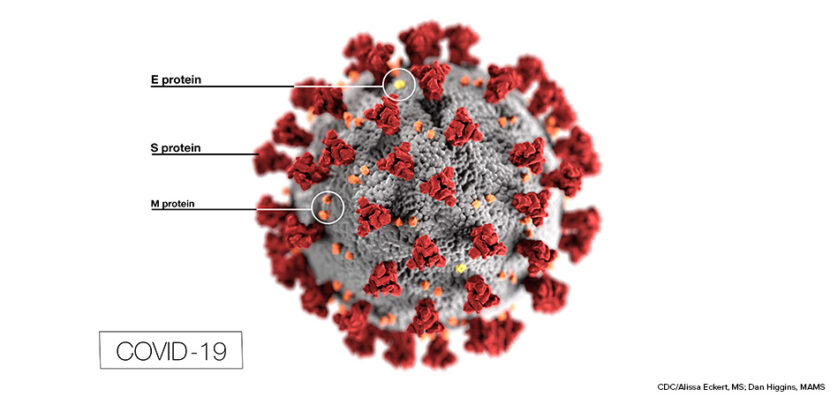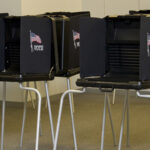
Coronavirus Outbreak: How are States Responding?
We are living in unprecedented times. As the coronavirus COVID-19 pandemic sweeps the United States–with more than 2,000 deaths nationwide so far–governors of each state are being tasked with coming up with a plan to “flatten the curve” in their states. But depending on how badly each state has been affected, those plans can vary widely. Here, Election Central takes a look at a few states that are leading the curve-flattening charge.
Michigan
Democratic Governor Gretchen Whitmer has issued a “shelter in place” order that will continue for at least the next several weeks. She has also closed all schools and restaurants (though carryout is still permissible). Personal care services and non-essential dental or medical procedures have been suspended.
In addition, Whitmer has ordered an “eviction freeze,” which means that from now through at least April 17, landlords cannot evict their tenants for rent nonpayment. Recently, the president criticized Whitmer for her approach to the crisis, saying that she hadn’t been appreciative enough of his help. Trump then announced that because of this, he wouldn’t be calling her anymore.
New York
New York City has become the epicenter of the coronavirus pandemic in the United States. Media pictures show empty Manhattan streets and long lines outside hospital emergency rooms. Democratic Governor Andrew Cuomo has responded aggressively to the crisis, by ordering 100 percent of the workforce to stay home (except for essential services), and banning all nonessential public gatherings. All schools are closed, and the state is working to keep up by building temporary hospital units.
Florida
Republican Governor Ron DeSantis has received nationwide criticism for his handling of the crisis. Rather than immediately closing all public beaches as was recommended, the Florida governor chose to leave them open during the busy spring break season. This increased the chances that visitors became infected and then carried the virus back with them to their home states. Instead, he closed restaurants (except for carryout), bars, fitness centers, and other nonessential services. In addition, DeSantis ordered any Florida resident coming from New York, New Jersey, or Connecticut to self-quarantine for two weeks.
Ohio
Republican Governor Mike DeWine was one of the first leaders to take drastic measures to fight the disease in mid-March. He closed universities, restaurants, and bars, and prohibited large public gatherings. Since then, as conditions in the state continue to worsen, he issued a “shelter in place” order until April 6. This requires people to stay at home unless they are conducting essential business, and require that they remain at least six feet away from anyone whom they don’t live with. Restaurants remain open for carryout, however, and people are still allowed to walk and bike in their neighborhoods–though playground equipment and public sports courts (basketball, tennis, etc.) have been closed. On the afternoon of Monday, March 30 DeWine announced the decision to extend the closing of all Ohio public schools until Friday, May 1.
Washington
Along with New York, Washington was one of the first places to be hit hard by the disease. It continues to have one of the highest death tolls from the virus in the nation. Democratic Governor Jay Inslee has issued a “shelter in place” order, banning all social gatherings and closing all businesses (except for essential services). Public schools, churches, and other gathering places remain closed. For a while, he even banned funerals, although that ban has now been lifted. (The ban on weddings continues.) Like Governor Whitmer, Inslee is currently engaged in a feud with Trump, who says that Inslee has not been appreciative enough of his efforts and has announced that he will no longer deal with him.


